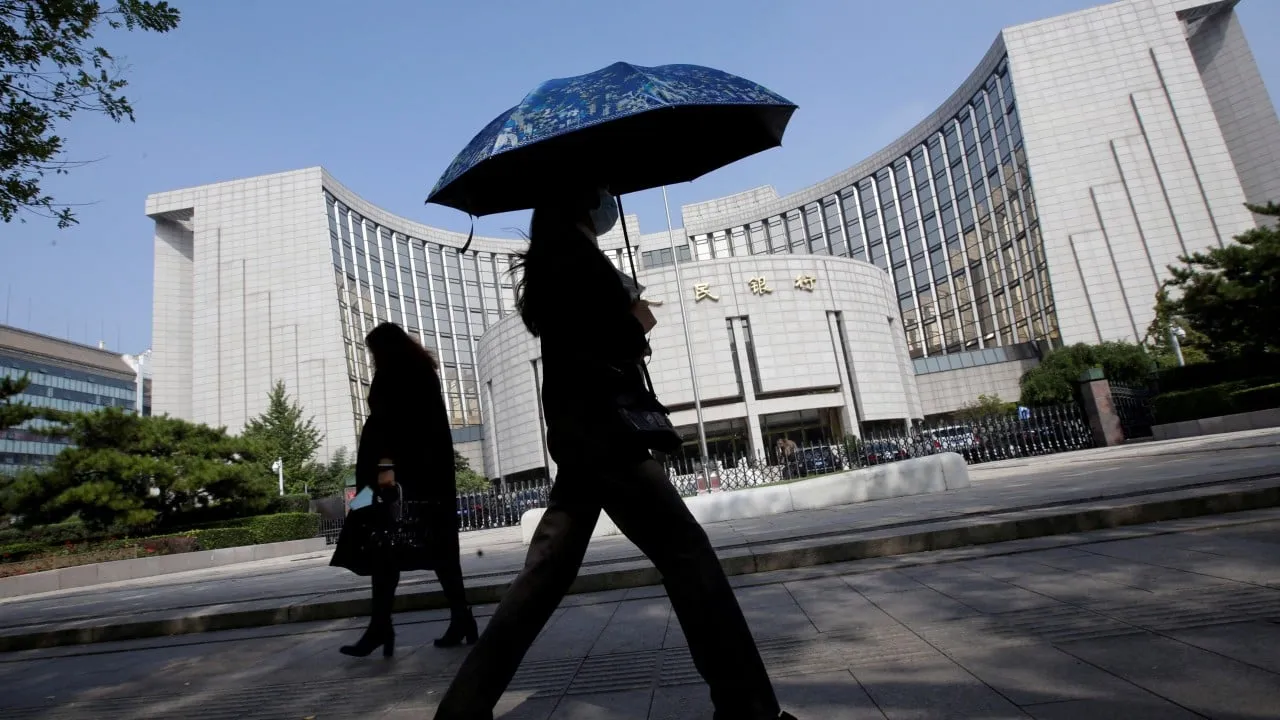Zou Lan Addresses PBOC's Treasury Bond Purchase Amid Policy Debates

PBOC's Treasury Bond Purchase: A New Policy Direction?
In a significant move, the People's Bank of China (PBOC) executed a treasury bond trade totaling 100 billion yuan (approximately US$14.1 billion) for the first time in nearly two decades. This rare action has ignited debates among market institutions regarding its implications for Chinese monetary policy.
Clarifying the Intent
Governor Pan Gongsheng emphasized that this action should not be classified as Western-style quantitative easing (QE). Instead, it is viewed as an ordinary liquidity-management tool. The PBOC remains cautious, as demonstrated by the relatively small scale of this trade compared to the extensive QE measures taken by the US Federal Reserve.
The Context of Monetary Policy in China
China's monetary authority has adapted its policies over the years, particularly after its WTO accession led to significant trade surpluses. The PBOC’s mechanism for managing money supply underwent changes, shifting from direct bond subscriptions to reliance on reserve requirement ratios and liquidity tools.
Looking Ahead: Stimulus and Economic Stability
As China grapples with economic challenges like a property crisis, the potential for further treasury bond issuances raises concerns about fiscal monetization. The top leadership is currently avoiding large-scale stimulus efforts similar to past interventions but is pushing for enhanced policy coordination.
This article was prepared using information from open sources in accordance with the principles of Ethical Policy. The editorial team is not responsible for absolute accuracy, as it relies on data from the sources referenced.